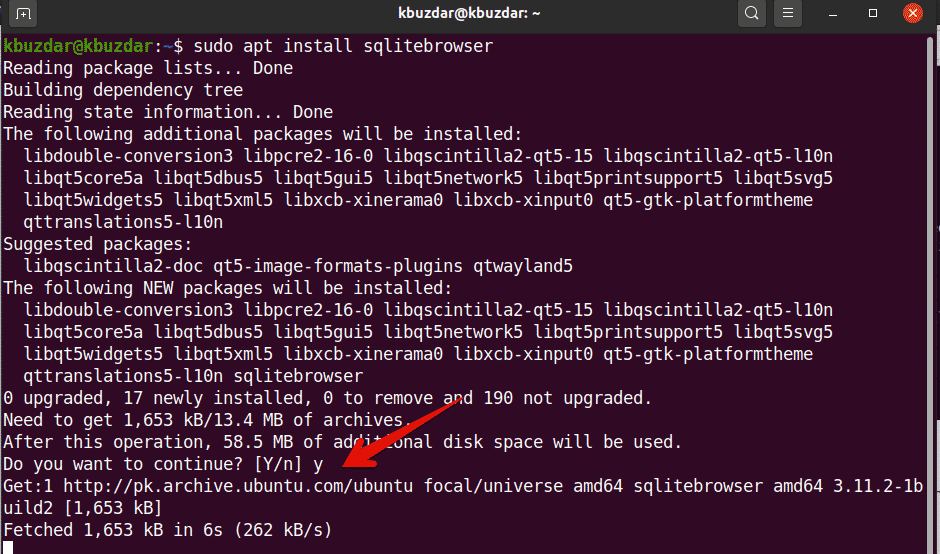

In a table of user accounts, though, it might be a username.

This might be a simple numeric value, like the auto-incrementing integer fields we covered above.
#Sqlite browser linux install#
On Fedora, you type: sudo dnf install sqlitebrowser To install DB4S on Ubuntu, use the following command (again, note the installation still uses the old name): sudo apt-get install sqlitebrowser

You can make sure the command does what you think it’s going to before you hard-code some SQL into your application. Browse and search for database records.Create, edit, and delete tables and indexes.Import and export tables and data in CSV format.Import and export database schemas, tables, and data in SQL format.In fact, the website for the project still uses “sqlitebrowser” as its domain, and the old name is also used during the installation of DB4S. You’ll still see references to the old name here and there. So, SQLite Browser was renamed DB Browser for SQLite.

People thought it had been written by the SQLite team, and thus, were forwarding feature requests and support queries about DB4S to SQLite. Previously, it was called SQLite Browser, but that caused confusion. DB Browser for SQLiteĭB Browser for SQLite has been around (in one incarnation or another) since 2003 and has undergone several name changes. It’s a visual tool developed by another open-source project to allow the creation and manipulation of SQLite databases from within a GUI. The command-line utility can run in an interactive mode, but it still isn’t a GUI.ĭB Browser for SQLite (DB4S) fits the bill nicely. It’s the application using the library that provides the user interface. In fact, SQLite’s database file format is so well regarded, it’s one of only a handful recommended by the Library of Congress for long-term data storage.īecause SQLite is a developer’s library, however, there isn’t a front-end for it, meaning it doesn’t have a Graphical User Interface. You can even move it to a machine running a different operating system by copying one file. It simplifies your application’s installation routines and lowers the minimum hardware requirements for your application.Īdditionally, because SQLite uses a single cross-platform file for its database tables, indexes, and schemas, the entire database can be moved to another computer. Having a capable, self-contained database engine tucked away inside your application removes a lot of problems. SQLite also has a command-line tool for manipulating databases, but it’s the library that’s made it a triumph. This means you don’t have to provide an external SQL database server, like MySQL, MariaDB, or Microsoft SQL Server. The database engine becomes an integral part of the product. It’s a fast, lightweight library that’s incorporated (or linked, in developer-speak) in other applications. The incredible reach of the SQLite database is due to its architecture.


 0 kommentar(er)
0 kommentar(er)
